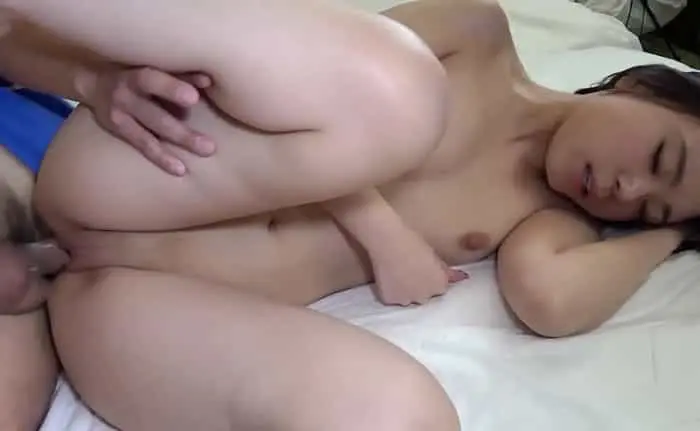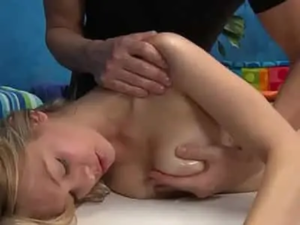Full Body Massage

Table of contents
Full body massage is a physical therapy method that uses hands or tools to press, knead, and push various parts of the body. It aims to relax muscles, relieve fatigue, promote blood circulation, and improve overall health. The following is a detailed introduction to full body massage:
Key Benefits of Full Body Massage
- Relieve Muscle Tension: Relaxes muscle stiffness and soreness caused by prolonged sitting, exercise or stress.
- Promote blood circulation: accelerate the flow of blood and lymph, and help discharge metabolic waste.
- Reduces stress and anxiety: By stimulating the parasympathetic nervous system, it reduces cortisol (stress hormone) levels.
- Improve sleep quality: relax your body and mind and relieve insomnia problems.
- Enhance immunity: Promote the body's natural repair ability and improve resistance.
- Adjust body posture: Relieve shoulder, neck, waist and back pain caused by muscle imbalance.

Common body massage techniques
Swedish Massage
- Features: Gentle kneading, long pushes and taps, suitable for relaxation and beginners.
Deep Tissue Massage
- Features: Targets deep muscles and fascia, relieves chronic pain, and is highly intense.
Thai Massage
- Features: Combines yoga stretching and acupressure to enhance flexibility.
Hot Stone Massage
- Features: Use heated stones to promote blood circulation and deeply relax muscles.
Meridian Massage (Chinese Tui Na)
- Features: Based on the theory of traditional Chinese medicine, it stimulates acupuncture points to dredge meridians.

Notes on full body massage
Taboo people:
- Patients with acute inflammation, skin infection, fracture or severe osteoporosis.
- Pregnant women (need to choose professional prenatal massage), patients with hypertension or cardiovascular disease (need physician's permission).
- Those who have recently undergone surgery or are at risk of thrombosis.
Preparation before massage:
- Avoid massaging on an empty stomach or immediately after a meal. The best time is 1 to 2 hours after a meal.
- Inform your masseur of your health conditions and pain areas in advance.
- Keep your body clean, wear loose clothing or use a massage blanket.
Post-massage care:
- Drink plenty of water to help detoxify.
- Avoid immediate strenuous exercise or exposure to cold.
- Some people may experience short-term soreness, which is normal.

How to do an easy full body massage at home
Tool assistance:
- Use a massage ball, foam roller, or electric massager to relax your back and legs.
- Pair with essential oils (such as lavender and peppermint) for an enhanced soothing effect.
Self-massage steps:
- Shoulder and neck: Press the Fengchi point with your thumb and knead the trapezius muscle with your palm.
- Back: Roll a tennis ball against a wall to loosen up the muscles on both sides of your spine.
- Legs: Press from the ankles toward the thighs to relieve edema.
- Foot: Press the Yongquan point (center of the sole) to promote circulation throughout the body.

Tips for choosing a professional masseur
- Check qualifications: Confirm that the masseur holds a qualification certificate certified by a reputable organization.
- Communicate in advance: explain your needs (such as strength and key areas).
- Environmental assessment: Ensure the place is clean and quiet, and use disposable sheets or disinfected tools.

Tips
- A full body massage once a week can effectively maintain physical condition, but the frequency needs to be adjusted according to personal condition.
- The effect will be better if combined with moderate exercise (such as yoga, swimming) and a balanced diet.
If you have chronic pain or health problems, it's recommended to consult a doctor or physical therapist first to develop a personalized treatment plan. While enjoying your massage, also listen to your body's feedback!
Further reading:



![[有片]把與生俱來的「好色」,用以點燃事業的雄心](https://findgirl.org/storage/2025/11/有片把與生俱來的「好色」,用以點燃事業的雄心-300x225.webp)




